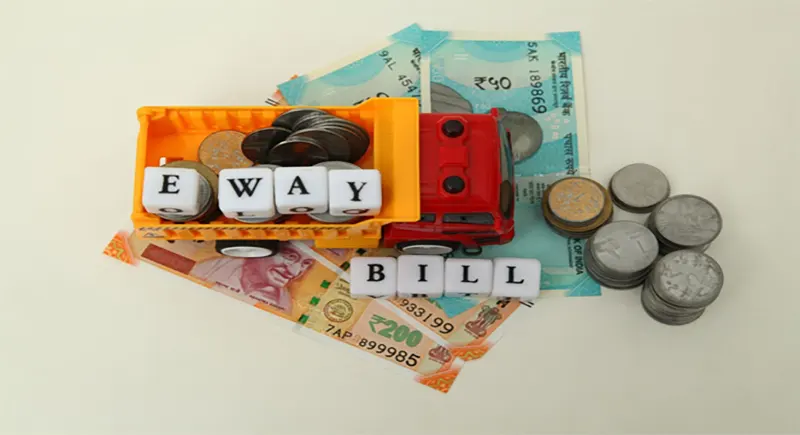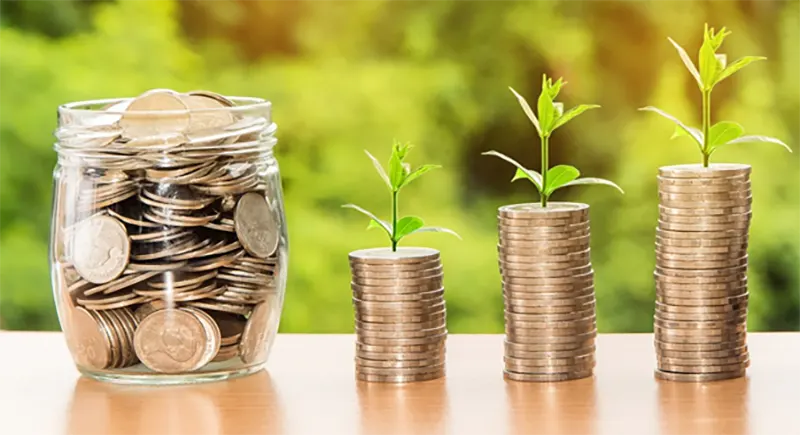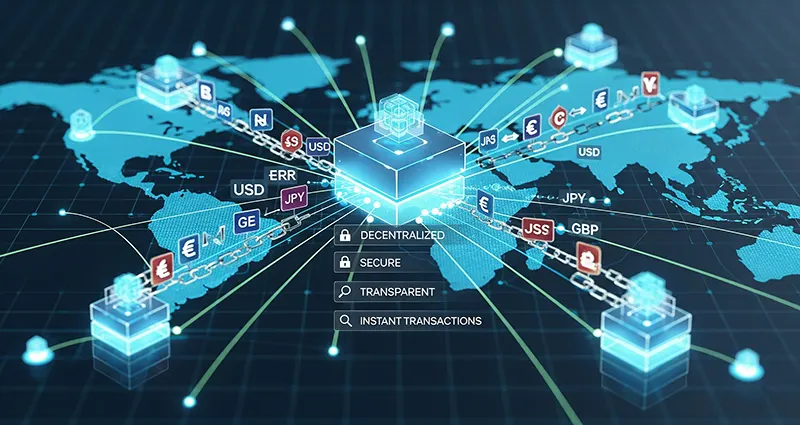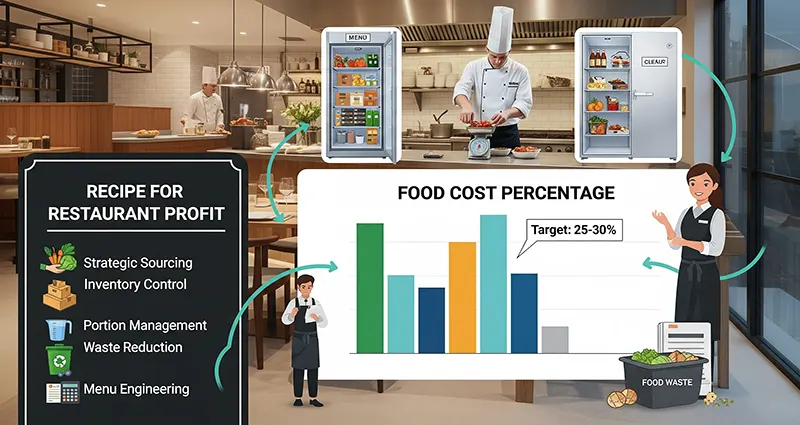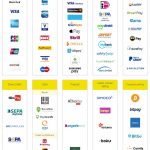What is the Process for Generating an E-Way Bill?
In India, you are required to generate e-way bills in the prescribed EWB-01 format when the value of transported goods exceeds Rs. 50,000. You can easily generate such e-way bills using the E-Way Bill (EWB) portal. It is an online platform that allows you to:
- Generate single or consolidated e-way bills
- Update the vehicle number if the mode of transportation changes
- Cancel previously generated e-way bills
Alternatively, you can also create the e-way bills by sending specific SMS codes or through e-Invoicing (bills are auto-generated using e-Invoice systems).
Still confused and want to know more? In this article, let’s understand all these three modes of generating e-way bills in detail.
Some pre-requisites valid for any method of generation
Before generating an e-way bill, you must meet the following requirements:
- Registration on the EWB portal
You must be registered on the EWB portal. Without registration, you cannot access the system to … READ MORE ...

